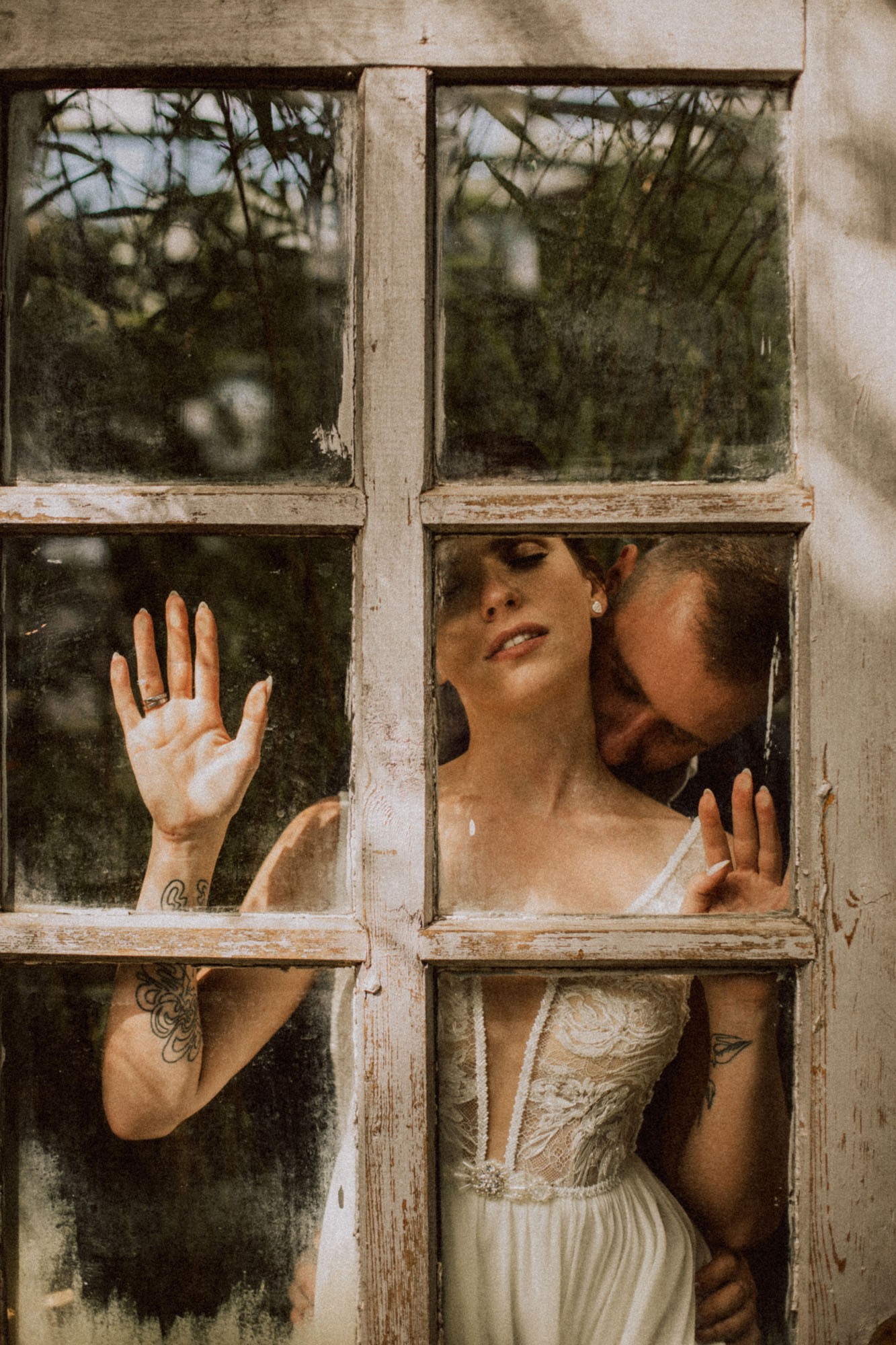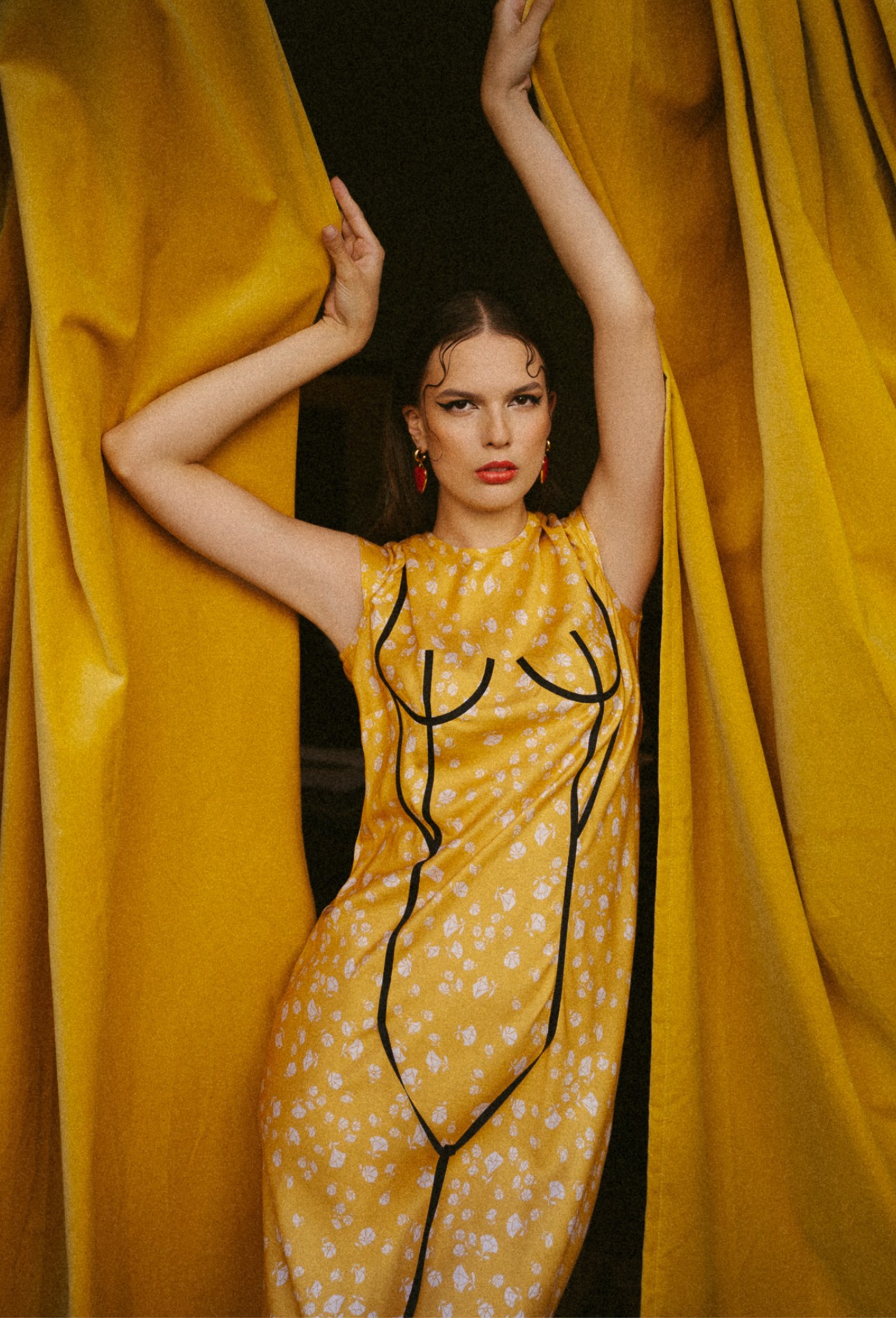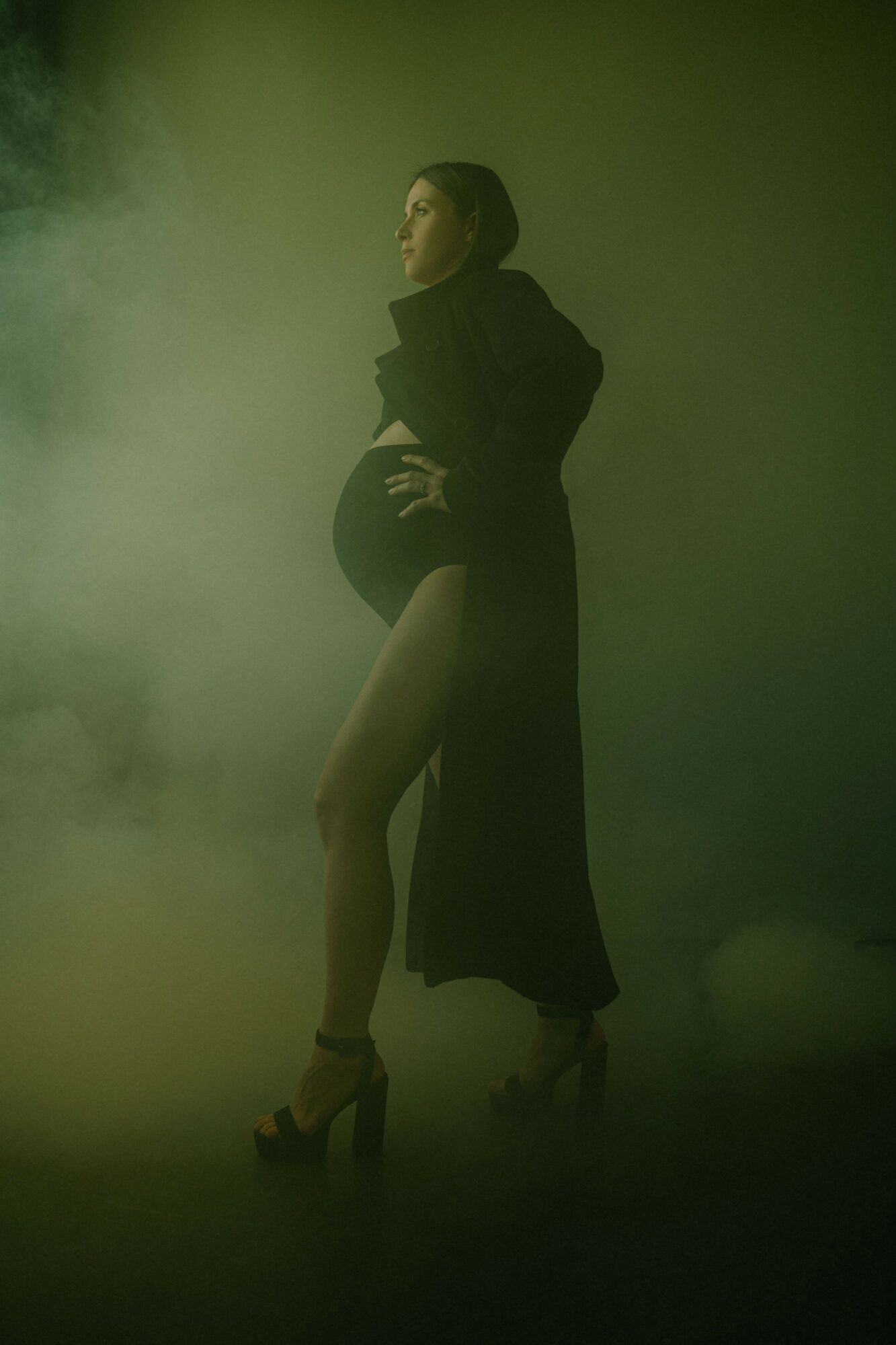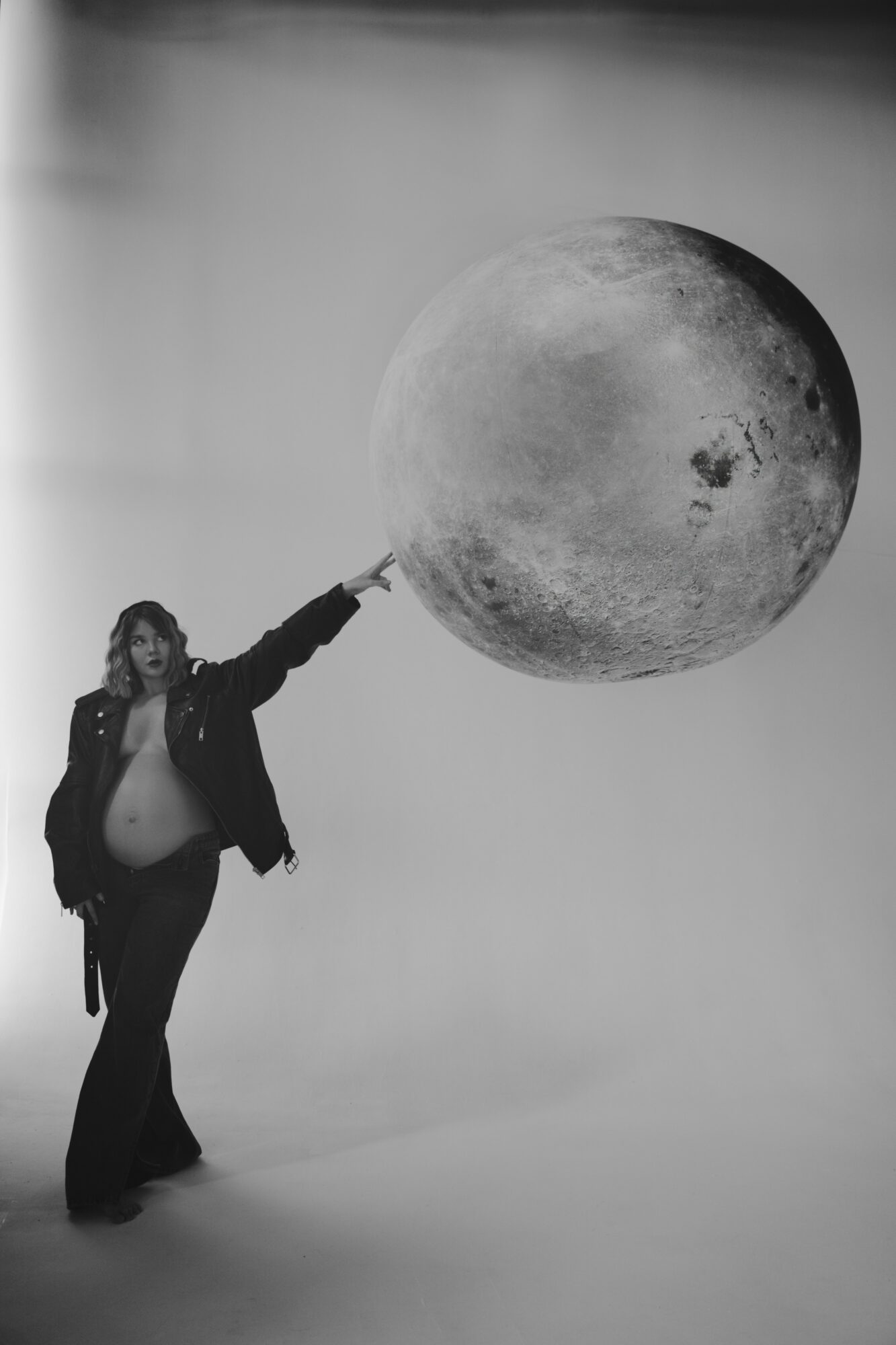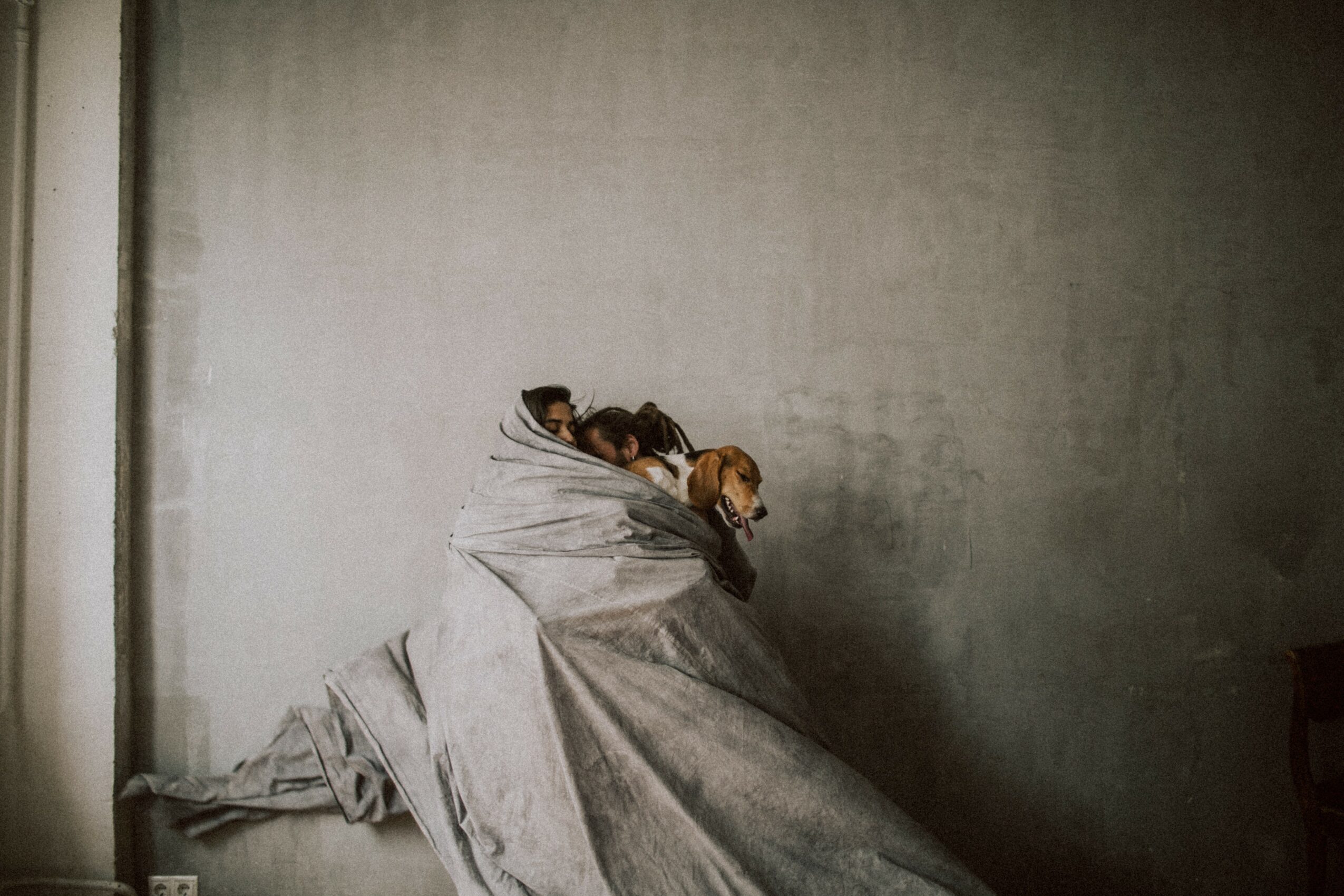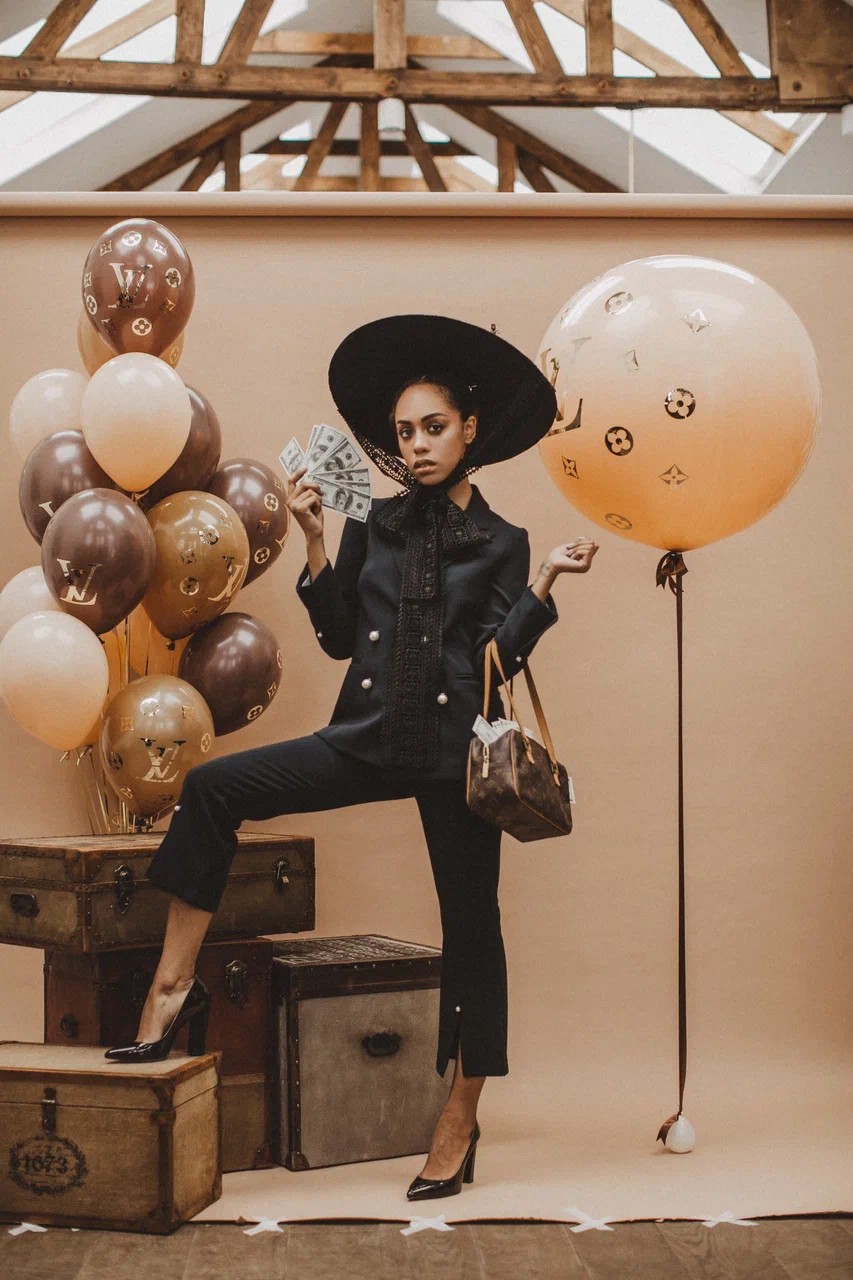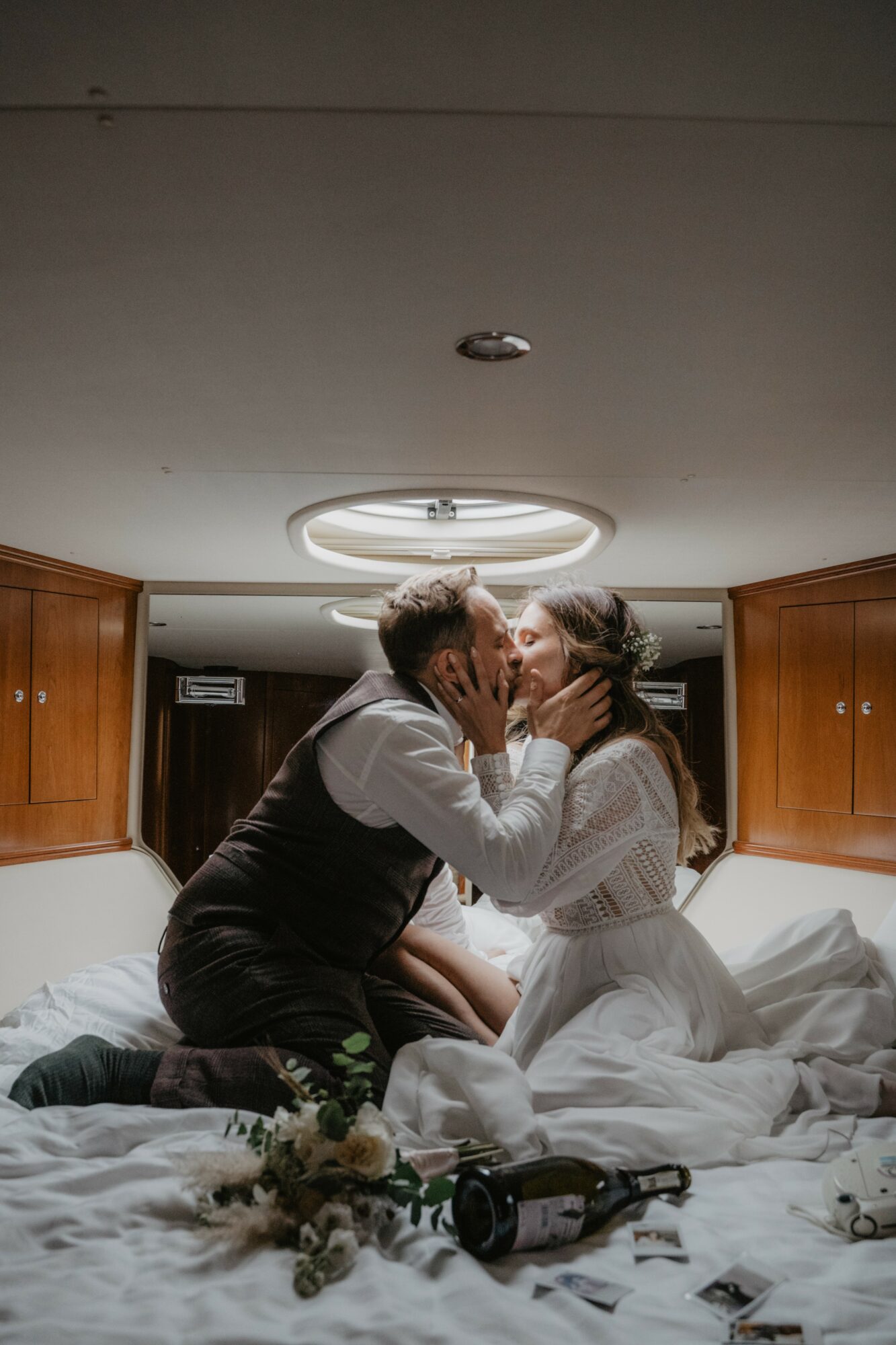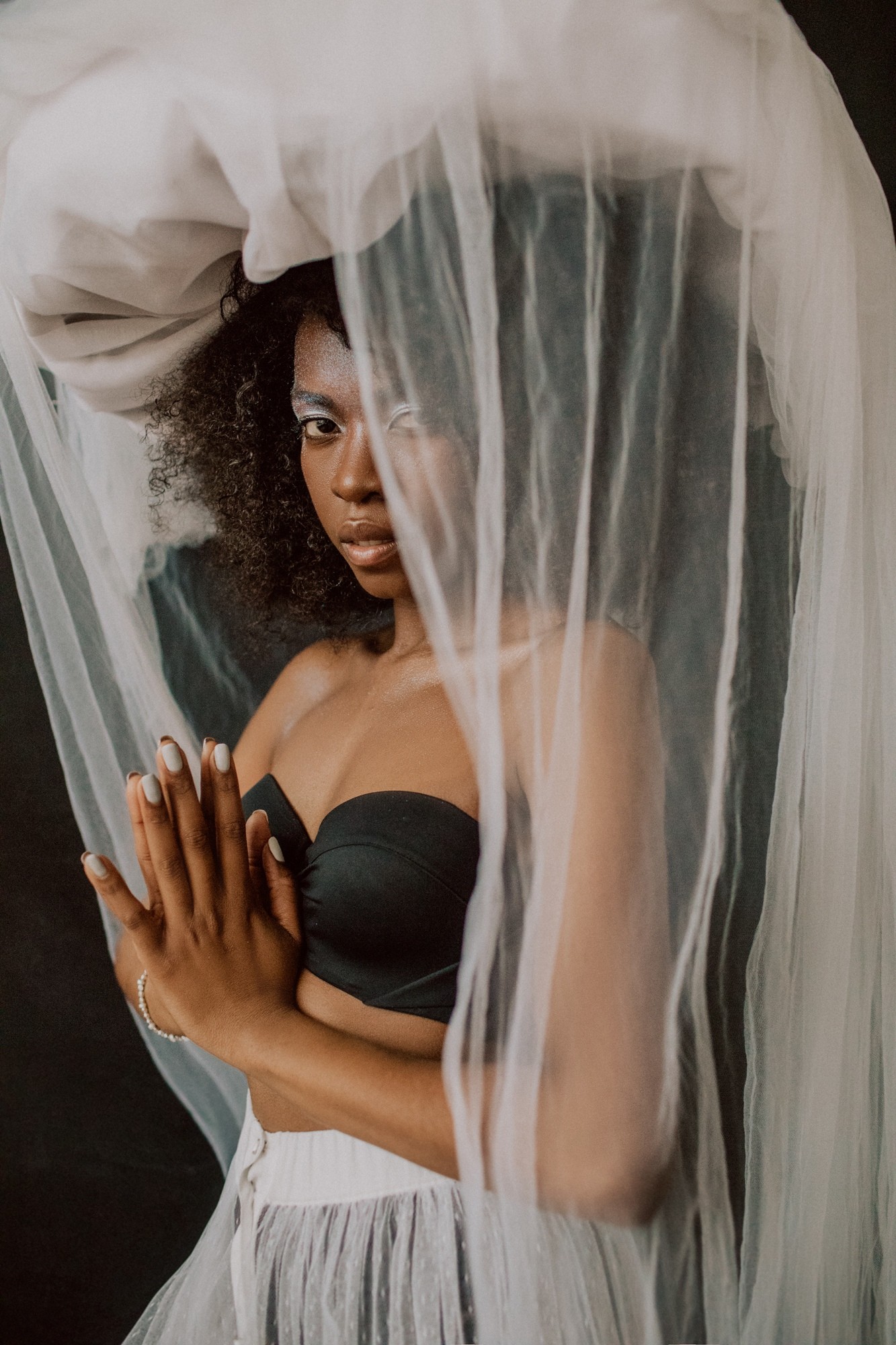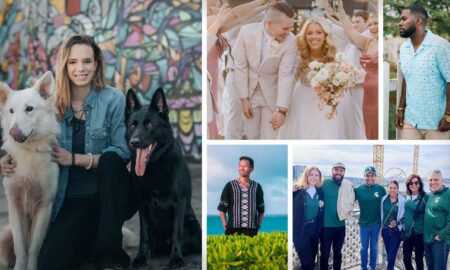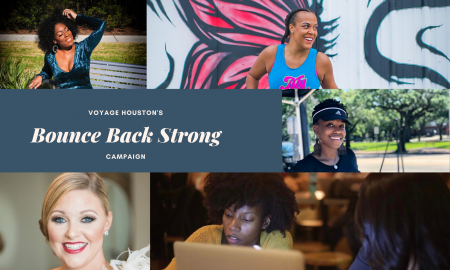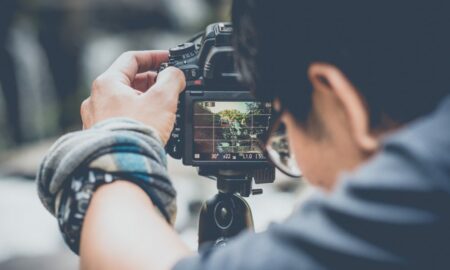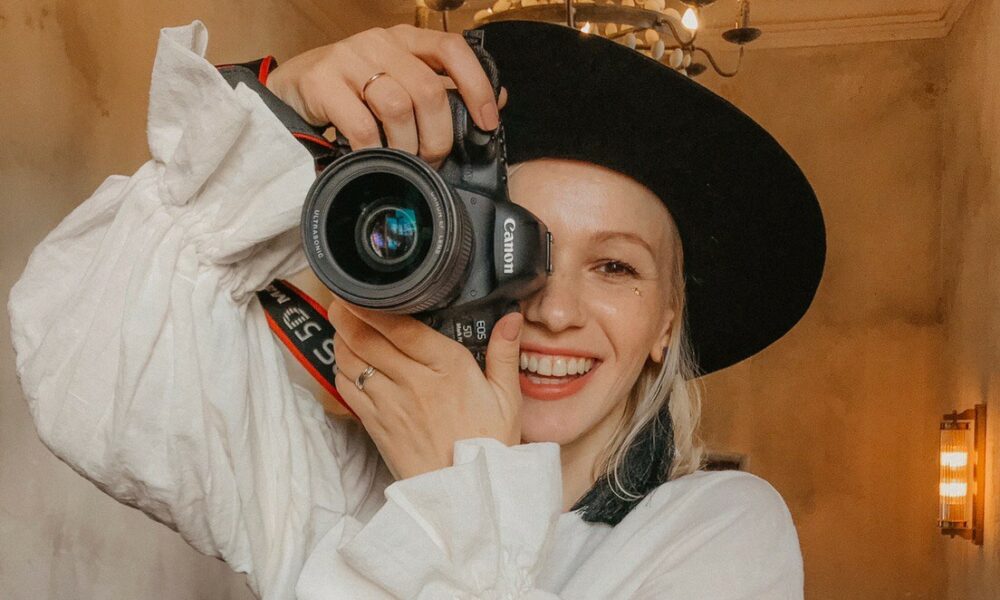

Today we’d like to introduce you to Svetlana Balashova.
Hi Svetlana, can you start by introducing yourself? We’d love to learn more about how you got to where you are today.
I grew up in a very small town in the European part of Russia. In this settlement, there was nothing but grocery stores, schools, and a power station. When the internet appeared, I began to explore what else existed in this world and how beautiful it could be. At the age of 20, I first met creative people who knew how to draw and take photographs while I was studying at a physical-mathematical university. During the day, I studied, and at night, I taught myself to draw and take photographs. After a few years, I was able to participate in and organize personal and group exhibitions in my country, Russia, and even take my exhibition to France. Then I began to intensively study photography and photographed all my friends, as well as studied photography and myself through self-portraits. I had no teachers, so learning photography was not easy. But at some point, I became very good at it and started receiving many orders. At first, there were orders in my city, and then I began to travel the world, and commercial shootings were successful in different countries and on different continents: Asia, Africa, Europe, America. I photographed famous actors, athletes, models, and thousands of good people in different conditions and with different teams, holding more than 10 personal exhibitions, including in Houston. It’s an incredible happiness to do what you love every day, although this path is forever simple.
I’m sure it wasn’t obstacle-free, but would you say the journey has been fairly smooth so far?
I encountered limited access to education and resources. I did not have the opportunity to receive professional training and mentorship, and I was forced to learn independently. The absence of an experienced mentor can hinder the process of learning and developing photography skills. Especially when studying independently, difficulties can arise in mastering the technical aspects of photography, such as working with the camera, adjusting exposure, lighting, and composition. This led to technical difficulties in mastering photography and financial constraints when purchasing equipment and organizing shoots.
In the world of photography, competition is very high, and becoming a recognizable and sought-after photographer requires time, perseverance, and talent. However, with unwavering diligence and a passion for photography, I was able to overcome these obstacles and achieve success. With dedication, I studied and developed my skills, finding my place in the market and attracting clients. Despite the challenges, my passion for photography has brought me incredible happiness and the opportunity to pursue my favorite activity every day.
Alright, so let’s switch gears a bit and talk business. What should we know about your work?
I am a photographer with over 10 years of experience shooting all around the world. I particularly enjoy doing individual photo shoots because it’s the best way to understand a person and capture their essence. However, I also love shooting weddings, family stories, and maternity sessions. Beginners and professionals alike come to me for training. I take pride in becoming more confident in myself and my work year after year because I work every day to improve my photography skills and communication abilities in different languages with people from various backgrounds, as I often shoot in different parts of the world. I am also proud that I can easily share my skills, positivity, determination, and dedication. For example, I independently organized a personal exhibition in Houston in just 2 months.
Do you have any advice for those looking to network or find a mentor?
Before choosing a mentor, determine what exactly you want to achieve in photography. This could be improving technique, mastering new styles, advancing your professional career, etc. Review the works of potential mentors. Examine their style, technique, composition, etc. Make sure their work aligns with your vision of photography or the themes you want to explore. Try to find reviews from other students or photographers who have worked with these mentors. Reviews can give you an idea of how the mentor works and what their strengths and weaknesses are. Schedule a meeting with a potential mentor to discuss your goals, working style, schedule, and expectations. This will also give you the opportunity to evaluate their communication skills and approach to teaching. My recommendations for improving communication with people: – Listen carefully and make sure you understand the meaning of what is said before responding. Try to put yourself in the other person’s shoes, understand their point of view and feelings. Pay attention to your facial expressions, gestures, and tone of voice to ensure your non-verbal communication supports your message. Ask open-ended questions that stimulate dialogue and allow the other person to express their opinions and feelings. Remember that each person is unique, and communication may require time and patience to establish mutual understanding. Practice, self-improvement, and openness to new knowledge and experiences will help you become a more confident and effective communicator.
Contact Info:
- Website: www.svetasts.com
- Instagram: https://www.instagram.com/svetasts
- Facebook: https://www.facebook.com/svetasts.ph
